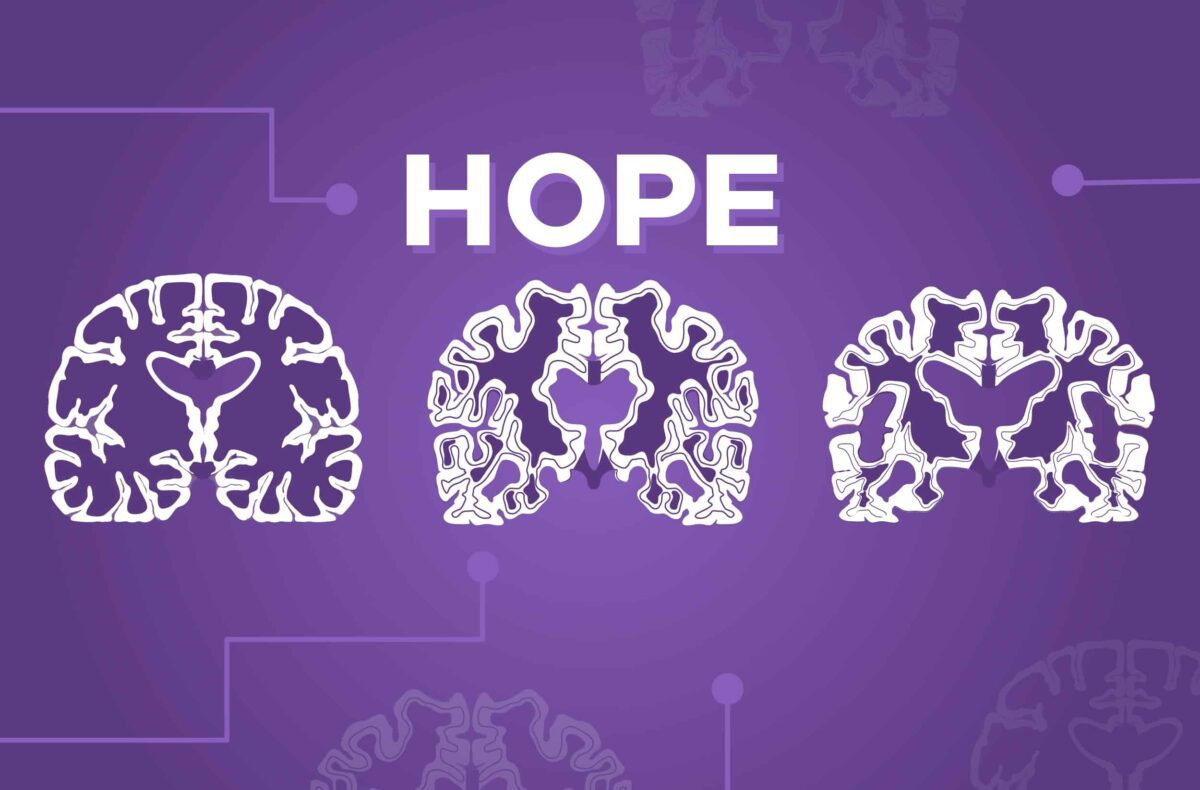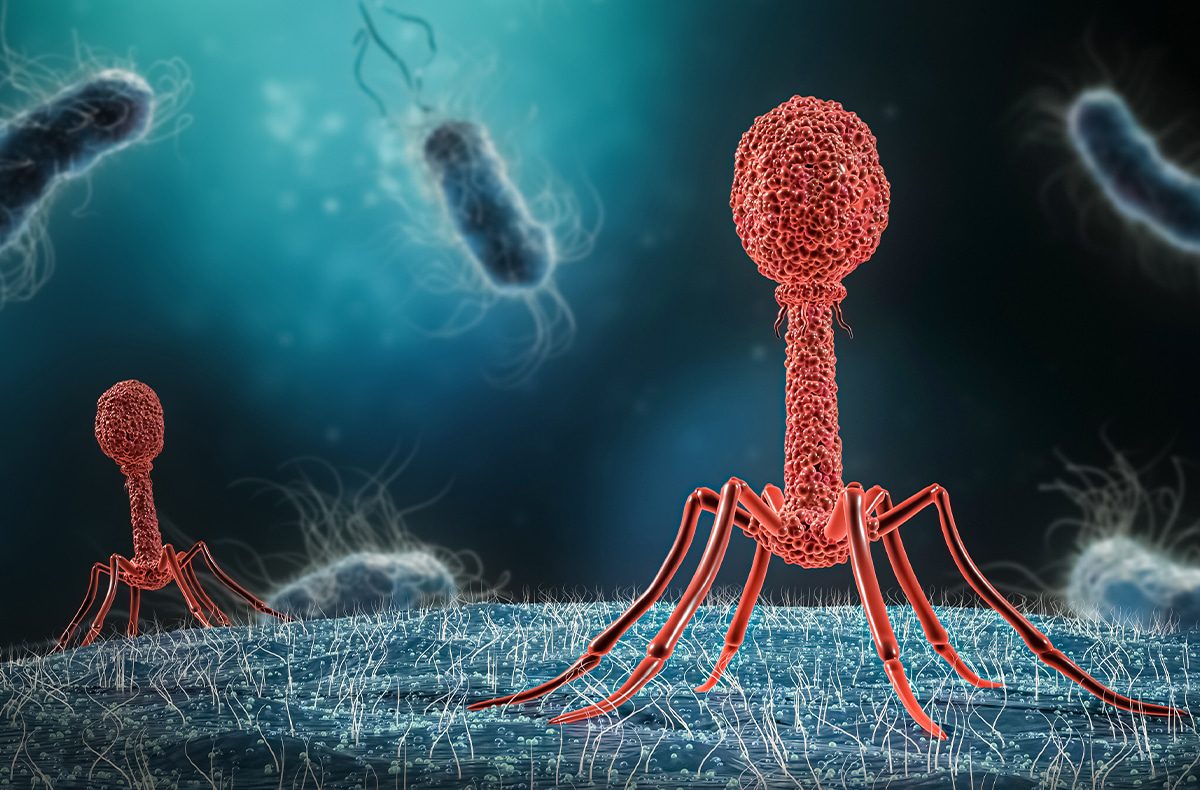
According to the World Health Organization (WHO), depression affects an estimated 300 million people, and anxiety disorders affect an estimated 275 million people worldwide. Both illnesses affect women more than men: women are twice as likely as men to be diagnosed with depression, and around 62% of those suffering from anxiety are female, compared to men.
Depression is the leading cause of disability worldwide. The cost of treating depression is expensive, but the cost of not treating depression is higher. Every year, over 700,000 people die due to suicide, which is the fourth leading cause of death in 15-29-year-olds.
Not surprisingly, the Covid-19 pandemic has only added to the number of people suffering from anxiety and depression. According to an analysis published in the Lancet in 2021, the overall number of cases of mental disorders rose dramatically, with an additional 53.2 million and 76.2 million cases of anxiety and major depressive disorders (MDD), respectively.
Anyone who has tried to get an appointment with a therapist knows that the pandemic has increased the demand for mental health services. The isolation during lockdowns, the loss of loved ones, loss of income, and fear of getting COVID-19 have led to people who did not have anxiety or depression to develop it, while exacerbating the symptoms in people who already suffer from these conditions. There has also been an increase in alcohol and drug abuse, as well as sleep problems. And COVID-19 itself can cause neurological and mental complications, including delirium, agitation, and stroke.
One would think that, with these numbers, the pharmaceutical industry would be rushing to find better treatments for depression and other mental disorders. But during the last decade, pharmaceutical companies shut down their brain drug discovery programs, so there has been no new treatments for depression or anxiety in the works. Since it costs a billion dollars to bring a new drug to market, the industry is turning to other therapeutic areas, such as oncology.
Luckily, there are many antidepressant drugs already on the market to choose from. There is also psychotherapy alone, or in combination with drug treatment. Antidepressant drugs completely changed the way both depression and anxiety are treated. But it also has caused its own problems as well. To determine what path will best take us all towards better mental health, it is helpful to first understand how our medical treatment of depression and anxiety has evolved over time.
A Brief History of Antidepressant Drugs
Monoamine Oxidase Inhibitors (MAOIs)
MAOIs were first introduced in the 1950s. Originally used as treatments for tuberculosis (TB) it was discovered that these drugs made many patients with tuberculosis incredibly happy. In 1952, doctors at Sea View Hospital on Staten Island, New York, observed that their TB patients had greater vitality and increased social activity. Some even had a desire to leave the hospital and go home. Ironically, a drug designed to treat tuberculosis became the first antidepressant.
Like most antidepressants, MAOIs are also effective treatments for anxiety disorders, such as panic disorder and obsessive-compulsive disorder (OCD). However, MAOIs are rarely used anymore because of concerns about potential dietary and drug interactions. Patients on MAOIs must be extremely careful about their diets, because when the drug interacts with food and beverages that are high in tyramine—an amino acid—a hypertensive reaction can result, which can lead to strokes and even death. MAOIs also interact with many drugs, so patients taking it must check with their pharmacists to make sure it is safe to use.
The FDA has approved Nardil, Parnate, Marplan and the Emsam patch, the only antidepressant utilizing a transdermal delivery system.
Tricyclic antidepressants ease depression by blocking the absorption or reuptake of the neurotransmitter’s serotonin and norepinephrine. Like MAOIs, their antidepressant properties were discovered by accident as well.
In 1955, scientists in Switzerland’s Munsterlingen Asylum found that the compounds they used in seeking to treat schizophrenia caused euphoria in the patients, which was undesirable for schizophrenic patients, but a desirable effect for people with depression. The drug, imipramine, was marketed as Tofranil in 1958. Although an effective treatment for depression, it had many undesirable side effects, including dry mouth, blurry vision, constipation, urinary retention, and increased appetite, causing weight gain and drowsiness. Tricyclics must be used cautiously, as in some patients, they can induce electrical changes in the heart, resulting in an irregular heartbeat. Despite these limitations, they remained the mainstay of anti-depression treatment until Prozac and its cousins came along. Other tricyclic antidepressants approved by the FDA include Norpramin and Pamelor.
Selective Serotonin Reuptake Inhibitors (SSRIs)
The approval of Prozac by the Food and Drug Administration (FDA) in 1987 marked a medical as well as cultural change. Prozac was a breakthrough treatment for depression that made its manufacturer billions of dollars. It was on the cover of major magazines. Patients went to their doctors and asked for it by name.
Prozac was the first of a class of selective serotonin-reuptake inhibitors (SSRIs). Serotonin is one of the chemical messengers that carry signals between neurons. SSRIs increase the levels of serotonin in the brain by blocking the reabsorption —or reuptake—of serotonin into neurons.
The approval of Prozac was followed by others in its class, including Zoloft, Celexa, Lexapro, and Paxil. The main side effects of the SSRIs are nausea, dizziness, agitation, insomnia, and sexual side effects, including reduced sexual desire, difficulty reaching orgasm or erectile dysfunction.
The three classes of drugs are all equally effective in treating depression. However, there is no way to know in advance which class of drugs will work for an individual. Another drawback of these antidepressants is they can take from four to six weeks to work. So if you take Prozac and it does not work you have to wait two weeks for it to wash out of your system for two weeks before trying a tricyclic antidepressant or a MAOI.
Of the nine million people treated for depression in the US each year, 31 percent are treatment resistant. That means that almost a third of the patients do not respond to any antidepressant drug.
Ketamine is an antagonist of the NMDA (N-methyl-D-aspartate) receptor, the major excitatory amino acid in the brain. It is not a new drug. It has been used for fifty years, mostly as a general anesthetic agent in pediatric and veterinary medicine. It has been found to be highly effective in treating depression.
Ketamine’s rapid and often long-lasting results have caused many to consider it the most important breakthrough in antidepressant treatment in 60 years. The only form of ketamine approved by the FDA is a nasal spray, Spravato. It was approved in 2019 for adults with treatment-resistant depression and adults with major depressive disorder with suicidal thoughts or actions.
Spravato must be given in a doctor’s office or in a clinic, where a healthcare provider watches over them for two hours after the dose and monitors them for sedation, feelings of disconnection, and blood pressure, since Spravato can cause a temporary rise in blood pressure.
Most therapists in private offices are not set up or willing to do this. There are also concerns of abuse, as ketamine is also a street drug that has some hallucinogenic effects. It distorts perceptions of sight and sound and makes the user feel disconnected and not in control.
The Need for Precision Medicine for Mental Illnesses
Alto Neuroscience founder and chief executive officer, Amit Etkin, MD, PhD, left a promising career at Stanford University to start a company whose goal is to bring precision medicine—which has advanced therapies for cancer—to drugs for mental health. (According to the National Cancer Institute, “precision medicine is a form of medicine that uses information about a person’s own genes or proteins to prevent, diagnose, or treat disease.”) I recently interviewed Dr. Etkin for Science Writers in New York—those interested can view a recording of our discussion here.
Ekins holds that mental health conditions are driven by unique biological factors, and as such, people with the same diagnosis may respond to a given drug differently. “Historically, clinical trial design has not adequately accounted for these differences, contributing to a persistent lack of innovation and fundamental failures in psychiatric drug development. In the past 20 years, only one drug that works in a new way has been approved for major depressive disorder, and none have been approved for PTSD or addiction,” Etkin said.
Alto’s targeted approach leverages brain biomarkers such as behavior, electroencephalogram (EEG) activity, and sleep and activity patterns to identify drug responders. These biomarkers are synthesized using artificial intelligence approaches, which have been validated by Alto to identify people who respond better to a drug versus placebo, or differentially across types of treatment. Alto has several drugs in clinical trials.
Given the increasing number of people suffering from depression, anxiety, and PTSD, one can only hope that a precision medicine approach will be as successful for mental health as it is for cancer. Only time will tell.


